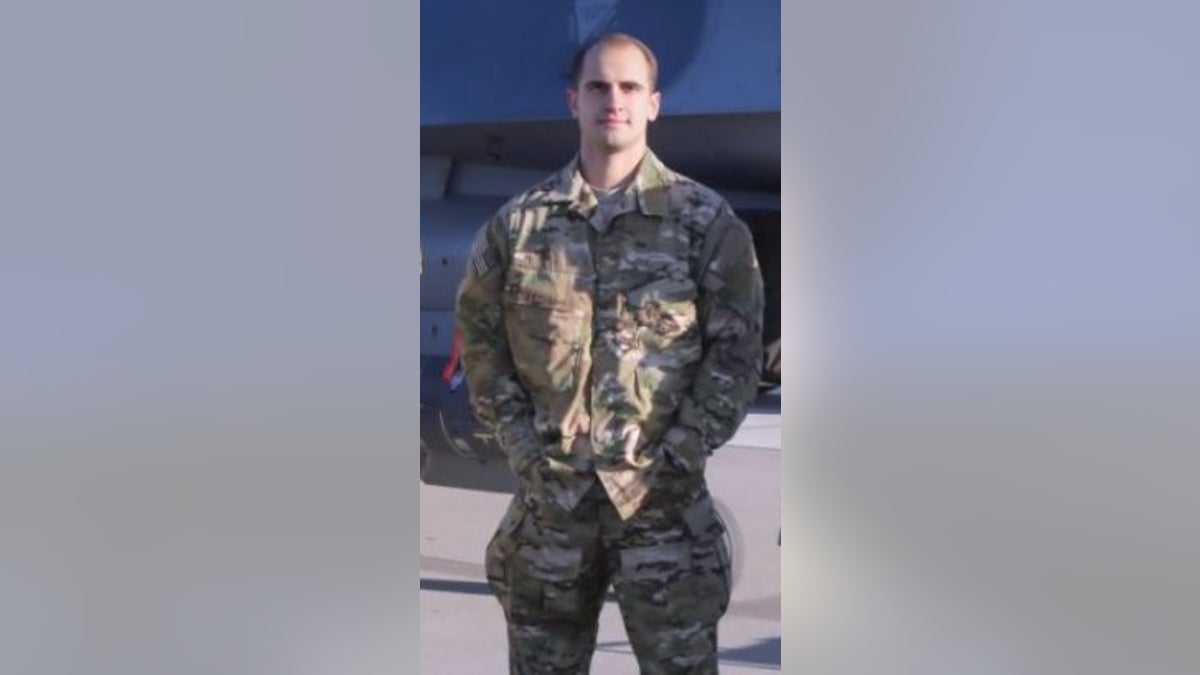
Spc. Bryan C. Anderson. (US Army)
Spc. Bryan C. Anderson was part of an Army Ranger assault force sent after a high-value target in Kandahar Province, Afghanistan on Oct. 5, 2013. When the team landed, an insurgent successfully fled the target building and began running away. An element of soldiers moved to catch him but they were struck by a suicide bomber and triggered two pressure plate IEDs.
Anderson rushed to the aid of the wounded even though he knew they were in the middle of a pressure plate IED belt.
“I wasn’t concerned with my life,” Anderson said in an Army Times interview. “I was concerned that I had buddies who were bleeding out back on the compound.”
Over the next few hours, Anderson crisscrossed the IED belt treating the wounded. During a particularly harrowing 30 minutes, seven IEDs detonated within 10 meters of Anderson, according to his official award citation. Though some of his patients from that night died, two severely injured Rangers survived because Anderson continued rendering aid despite experiencing his own traumatic brain injuries.
“The whole time I’ve been in Regiment, I’ve taken my job very seriously,” Anderson told an Army journalist. “Sometimes you are the only medical provider on the ground and when something bad does happen, all of a sudden you become the leader and everybody looks to you for what to do next. I wanted to be that calm voice in the middle of all the chaos on what the next step needed to be.”
Anderson was awarded the Distinguished Service Cross and named the Army Special Operations Medic of the Year in 2014.
More from WeAreTheMighty.com:
One of history’s longest sniper kills happened during the Civil War
9 weapon systems that troops absolutely love
Sex, drugs, and Bitcoin: The 10 ways ISIS pays the bills

